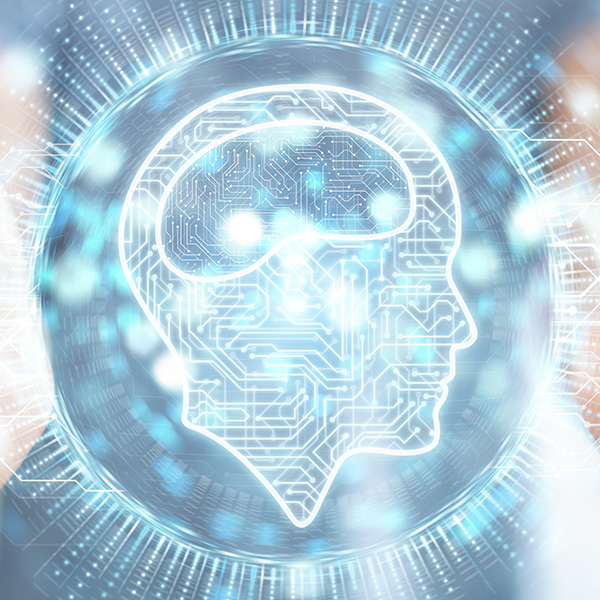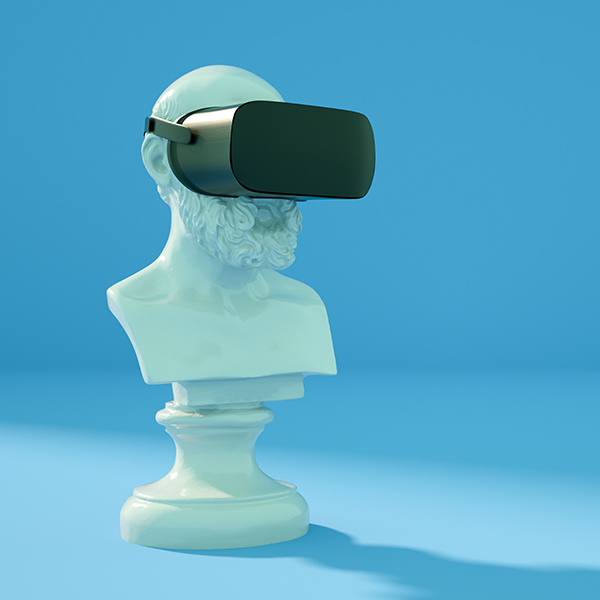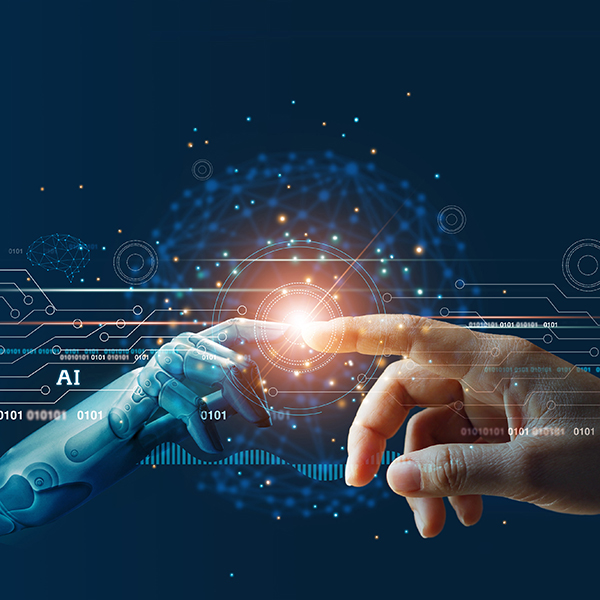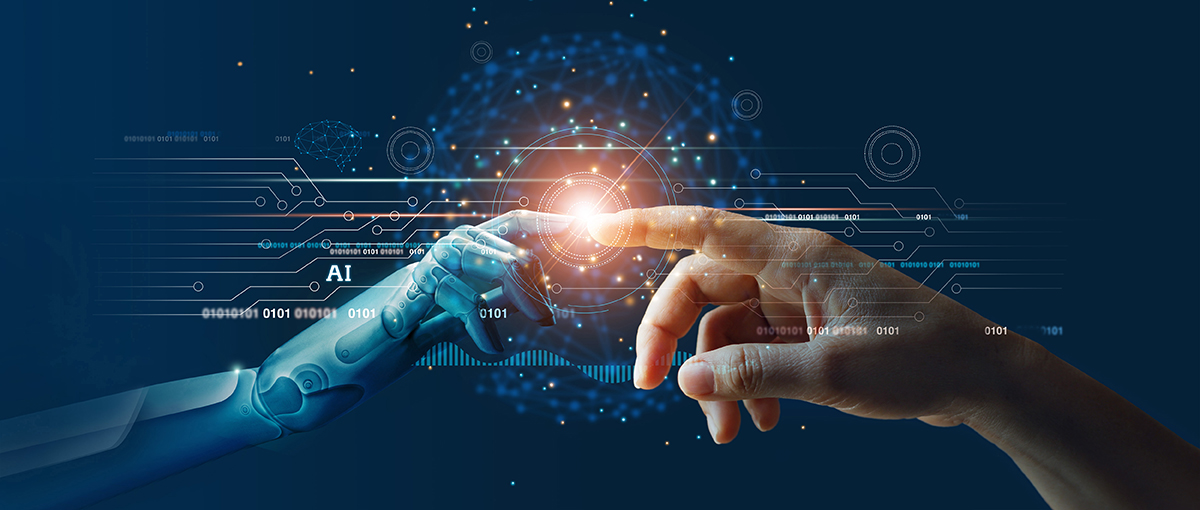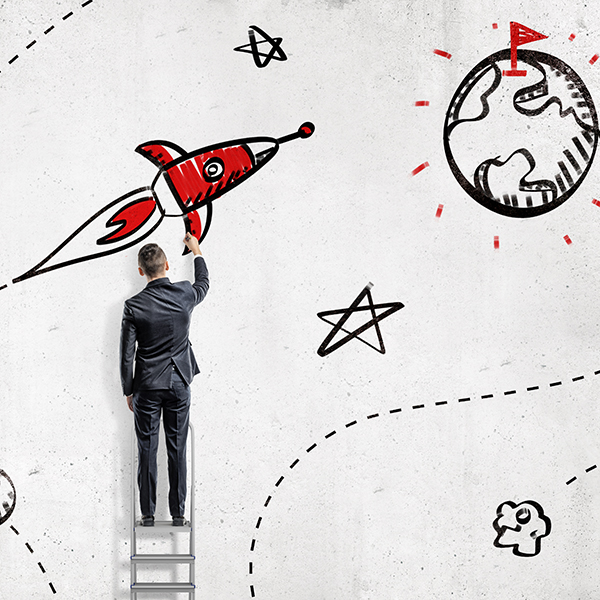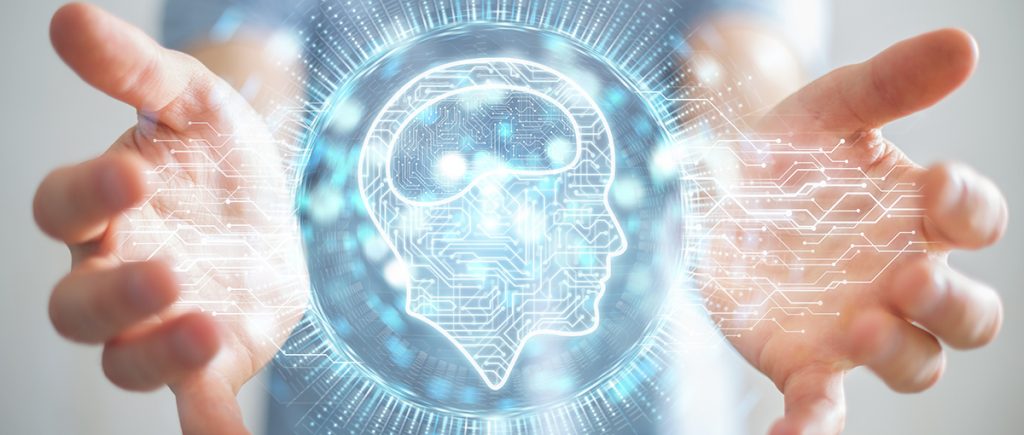
What the conscious mind expresses neither completely represents nor necessarily reflects the feelings and evaluations of consumers correctly. Biomarketing, a new discipline based on the application of neuro- and bioscience in a managerial context, helps us to identify the unconscious and emotional reactions of consumers evoked by a product or brand, and thus to predict their behavior.
Debora Bettiga, Assistant Professor of Marketing Strategy, Consumer Behavior and Marketing Research Methodologies, School of Management, Politecnico di Milano
Why biosciences and management?
The evolution of the market, increasingly dynamic and competitive, and of the consumer, more proactive, knowledgeable and demanding, generates a great challenge for companies. Interpreting the needs and expectations of consumers to develop an appealing offer is indeed increasingly difficult.
Research has shown that what the conscious mind expresses – through interviews, surveys, focus groups – neither completely represents nor necessarily reflects the future behavior of individuals correctly.
Neuromarketing, a discipline born as an application of neurosciences to the study of communication and persuasion, measures the cerebral response to stimuli to appraise how an individual reacts, evaluates and filters information.
As evolution of the discipline, biomarketing arises from the assumption that tracking cerebral activity is less accurate than tracking a full set of biological manifestations. Thus, biomarketing collects and integrates data about individual physiological responses such as skin conductance, breath and hearth rate or facial micro-expressions.
This new discipline, based on the application of neuro- and bioscience in a managerial context, seeks to identify, through quantitative methods, the cognitive and affective reactions of consumers evoked by a product, brand, advertising message or service encounter, and thus to predict their behavior. Biomarketing explores the unconscious and emotional sides of the purchasing process on which the individual decision-making process is grounded and enables a deep and unbiased understanding of human responses.
Thanks to their reliability, such methods have been applied in several fields and in different environments. Methodological rigor and depth of tracking allow drawing relevant implications even from small experimental samples, obtaining directions that, from a scientific and managerial point of view, are crucial for a full understanding of individual behavior. Hence, they represent valid instruments for companies in their marketing activities at the strategic and operational levels.
How do we measure consumer emotions?
Biometric tools enable the analysis of emotions and affective responses. For instance, with electroencephalography we can assess the attention, engagement and pleasantness generated from a stimulus. Wearable electrocardiogram and breathing pattern can detect relaxation, anxiety, stress or involvement. Tracking sensors for electrodermal activity may provide us indication of consumer arousal and engagement. Eye-tracking is a useful tool for assessing the visual paths and areas of focus while sensors for facial expressions can detect surprise, happiness, disgust, anger or sadness.
Analyzing consumer emotions is fundamental for understanding the customer experience and interaction with the brand. Individuals indeed react to marketing stimuli in a deeply emotional way, regardless of the product. Even for extremely functional products, emotions play a great role in driving purchasing behavior. All levers of the marketing mix can benefit from biometric inputs: reaction to product, brand, label, packaging, price, promotion, point of sale and merchandise management are for instance fields for which biometric tracking allows us to achieve a valuable and innovative evaluation of the impact on targets.
But which knowledge and competences should we put in place?
Well, a lot. The discipline born from the integration of marketing, bioscience, neuroscience and design, to name the key ones.
The presence of such competences inside the Politecnico di Milano has enabled the development and further growth of the discipline from a scientific and managerial point of view. PHEEL (Physiology, Emotion, Experience Lab) is the result of such integration, being an Interdepartmental Laboratory which sees the convergence of the Department of Electronics, Information and Bioengineering, the Department of Design and the School of Management of the Politecnico di Milano.
The Department of Electronics, Information and Bioengineering of the Politecnico di Milano is the national point of reference, as well as one of the world excellences in the field of biometrics applied to medicine. The research protocols allow precise and responsible tracking of every population segment, including people in conditions of weakness.
The Department of Design is one of the leading schools in the world in the study of user experience in interacting with product, interfaces and new technologies. The Department provides creative and rigorous keys of interpretation, which aim at translating results in tangible design inputs.
The expertise of the School of Management in the study of consumer evolution in response to the multichannel revolution in enterprise-market relationships allows us to convey tangible results that can be easily turned into managerial insights.
